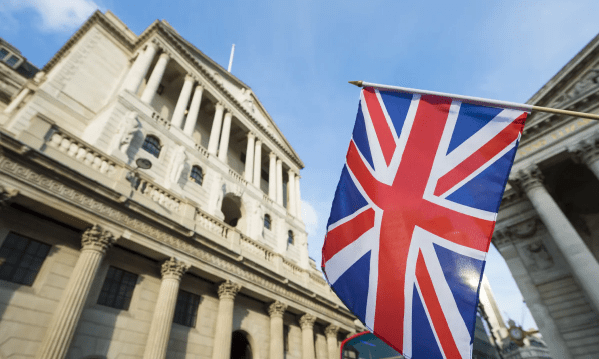A sharp rise in UK Government borrowing last month has triggered renewed concerns among economists that tax increases are likely on the horizon.
Official data released by the Office for National Statistics (ONS) showed public sector net borrowing hit £20.2 billion in April, the fourth-highest figure for the month since records began over three decades ago.
This stark jump surpasses the anticipated borrowing estimate of £17.6 billion, piling pressure on Chancellor Rachel Reeves to maintain her fiscal rules while also delivering on key spending pledges.
Economists Warn Future Tax Hikes Are ‘Inevitable’ Amid Fiscal Pressure
The government’s borrowing—essentially the gap between expenditure and tax income—has widened despite efforts to bolster revenues through higher National Insurance (NI) contributions. April’s figures suggest that maintaining fiscal discipline will be a steep uphill task.
Ruth Gregory, Deputy Chief UK Economist at Capital Economics, commented: “April’s public finances figures showed that despite the boost from the rise in employers’ national insurance (NI) contributions, the fiscal year got off to a poor start.”
Adding to the strain, a partial U-turn on cuts to Winter Fuel Payments and ambitions to raise defence spending suggest that future tax rises may be the only viable route to balancing the books.
“With the PM announcing a partial U-turn on the cut to winter fuel payments, the dilemma faced by the Chancellor over how to deal with increased spending pressures in an environment of low economic growth and high interest rates hasn’t gone away.
With the markets seemingly uneasy about more public borrowing, further tax rises are starting to feel inevitable.” Gregory added.
Several factors have contributed to the surge in UK Government borrowing:
- A rise in public sector pay
- Increases in National Insurance contributions
- Inflation-linked hikes in benefits and State Pensions
Government spending on goods and services by central departments reached £37.9 billion—up by £4.2 billion compared to last year—while social benefits rose to £26.8 billion, a £1.3 billion year-on-year increase.
Matt Swannell, Chief Economic Adviser at the EY Item Club, warned: “A potential reversal of Winter Fuel Payment cuts and the likelihood that defence spending will need to rise again will make the fiscal arithmetic even more challenging and increase the pressure to generate more revenue through tax rises.”
The UK’s public sector net debt now stands at 95.5% of GDP, an increase of 0.7 percentage points from a year earlier. This is a level not seen since the early 1960s, underscoring the scale of the challenge facing the Treasury.
ONS Deputy Director for Public Sector Finances, Rob Doody, said: “At £1 billion higher than the same time last year, this April’s borrowing was the fourth highest for the start of the financial year since monthly records began more than 30 years ago.
“Receipts were up on last April, thanks partly to the higher rate of national insurance contributions. However, this was outweighed by greater spending, due to rising public services’ running costs and increases in many benefits and state pensions.”
Although the ONS revised down its borrowing estimate for the fiscal year to March 2025 by £3.7 billion to £148.3 billion, it remains £11 billion above the government’s own forecast, adding to the scrutiny on Reeves.
Chief Secretary to the Treasury Darren Jones struck a more optimistic tone, stating: “After years of economic instability crippling the public purse, we have taken the decisions to stabilise our public finances, which has helped deliver four interest rate cuts since August, cutting the cost of borrowing for businesses and working people.”
“We’re fixing the NHS, with three million more appointments to bring waiting lists down, rebuilding Britain with our landmark planning reforms and strengthening our borders, delivering on the priorities of the country through our Plan for Change.”
With the UK’s government borrowing spiralling and economic growth stalling, tax increases appear increasingly unavoidable. While the Treasury highlights progress on borrowing costs and investments in public services, the fiscal landscape remains fraught with uncertainty.
As pressure mounts to balance spending commitments with fiscal responsibility, Chancellor Rachel Reeves faces the daunting task of navigating complex economic terrain. The coming months may well define the economic direction of the country and whether taxpayers will be called upon to bridge the gap.






